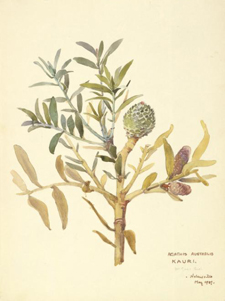Help protect kauri from dieback disease .....
People heading out to enjoy the bush are being asked to do their part to limit the spread of kauri dieback.
Andrew Harrison, kauri dieback long term management programme spokesperson, says “we need the public’s help to stop the disease spreading further. There are simple things people can do".
As a precaution, people should stick to defined tracks in parks and reserves, clean their footwear, tyres and any equipment that comes into contact with soil before and after leaving areas of kauri forest, and avoid disturbing the roots of kauri trees.
Precautions are important for people moving between areas of kauri forest as there are some areas, such as the Coromandel and Hunua Ranges in Auckland, that aren’t showing signs of the disease.
Kauri forests are an essential part of New Zealand’s ecosystem and home to many other plants and wildlife. Everyone needs to act to prevent the spread of PTA, to prevent the loss of such an iconic species to disease.
The kauri dieback management programme is made up of MAF Biosecurity New Zealand, Department of Conservation, Auckland Regional Council, Northland Regional Council, Environment Bay of Plenty and Environment Waikato.
In October 2009, the Government announced funding of $4.7million into a five year programme to contain the disease, and regional councils involved in the programme have also committed funding which brings total funding for the future management of kauri dieback to $9.8 million.
There are signs up at parks and tracks across the natural range of kauri. More information is available by calling 0800 NZ KAURI, and from the website www.kauridieback.co.nz.
PTA is specific to kauri and can kill trees of all ages. Affected trees show yellowing leaves, canopy thinning, dead branches and lesions that bleed resin across the lower part of the trunk. |




